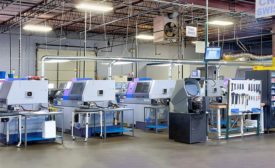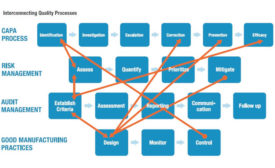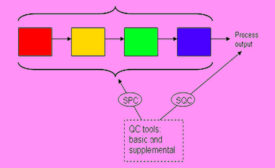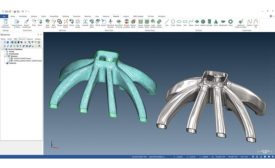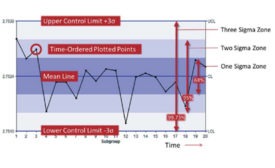Software
Four Things Your ERP System Should Do For You
ERP systems can vary widely in size, scope, features, and functionalities, depending on the needs of different manufacturers.
April 7, 2021
Three security features that should come standard in your SPC software
Genealogy, traceability and access logs are just some of the necessary factors that can keep your SPC software under proper lock and key.
April 7, 2021
Quality Headline
LMI Technologies Acquires AI, IIoT/5G Inspection Company, FringeAI
January 31, 2021
Stay in the know with Quality’s comprehensive coverage of
the manufacturing and metrology industries.
eNewsletter | Website | eMagazine
JOIN TODAY!Copyright ©2025. All Rights Reserved BNP Media.
Design, CMS, Hosting & Web Development :: ePublishing

